Planting Cucumbers Guide: Your Path to a Bountiful Harvest
Planting cucumbers might seem straightforward, but achieving a truly abundant and delicious harvest requires a little know-how. This Planting Cucumbers Guide is your key to unlocking the secrets of successful cucumber cultivation, transforming your backyard into a verdant oasis brimming with juicy, crunchy cucumbers. I’ve always loved the simple pleasure of homegrown vegetables, and there’s something incredibly satisfying about biting into a cucumber you’ve nurtured from seed.
The history of cultivating cucumbers stretches back millennia, with evidence suggesting their cultivation in ancient India and Egypt. These cool-season crops have been a staple in cuisines worldwide for centuries, prized for their refreshing taste and versatility in salads, pickles, and more. But let’s be honest, getting that perfect cucumber crop isn’t always a walk in the park. Many gardeners face challenges like poor yields, disease, or simply underwhelming flavor.
Why This Planting Cucumbers Guide Matters
That’s where this Planting Cucumbers Guide comes in! This article is packed with practical, easy-to-follow DIY tricks and hacks to help you overcome common cucumber growing obstacles. Whether you’re a seasoned gardener or a complete beginner, you’ll find valuable tips and techniques to maximize your yield and enjoy the freshest, tastiest cucumbers imaginable. From choosing the right variety and preparing your soil to mastering the art of pollination and pest control, this guide covers it all. You’ll learn how to create the perfect environment for your cucumbers to thrive, leading to a bumper crop you’ll be proud of. So, let’s dive in and transform your gardening dreams into a reality with this comprehensive Planting Cucumbers Guide!
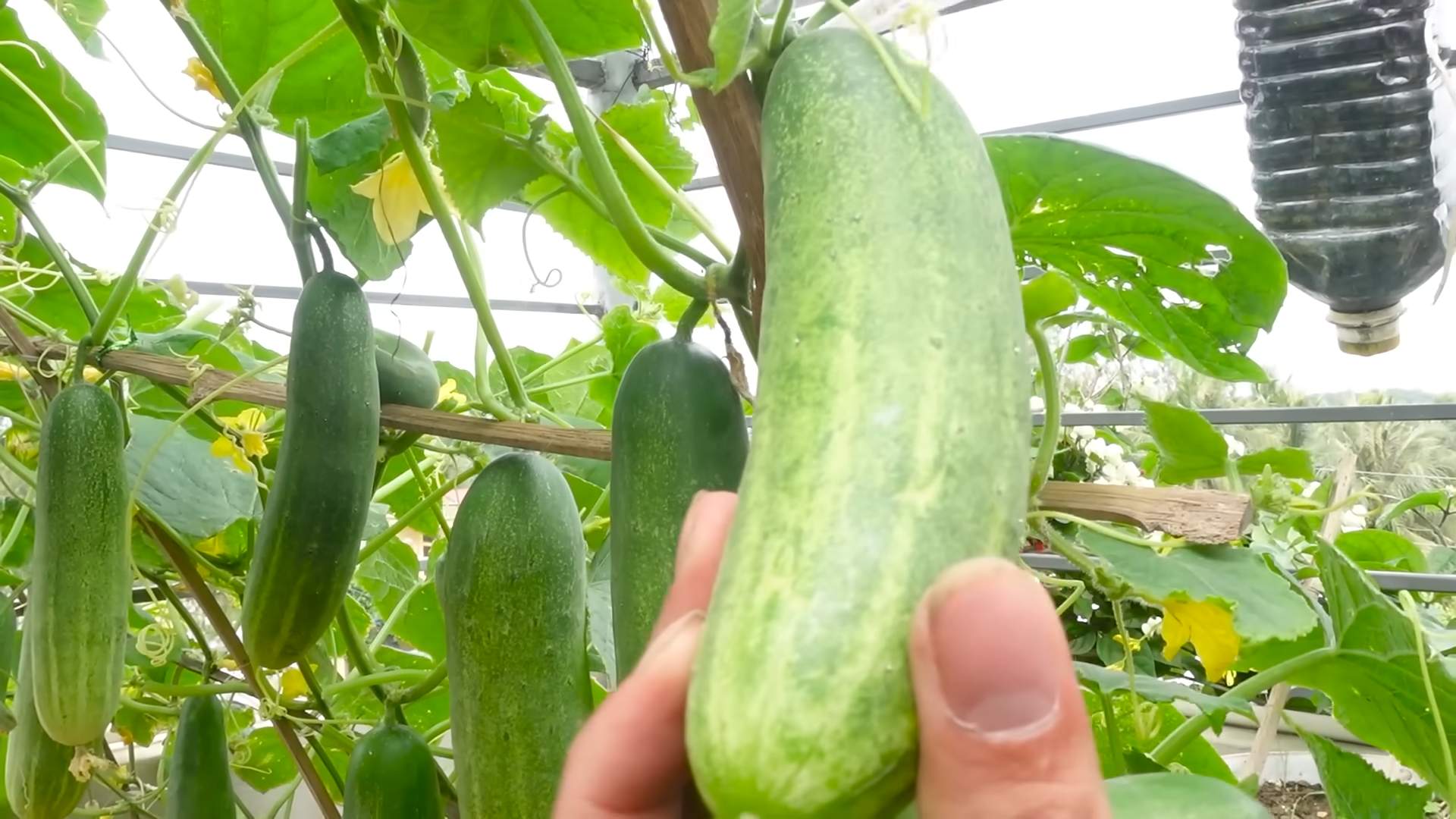
My Guide to Growing Delicious Cucumbers
I love cucumbers! There’s nothing quite like biting into a crisp, cool cucumber on a hot day. And the best part? Growing your own is easier than you think. This guide will walk you through the entire process, from seed to delicious harvest.
Phase 1: Planning and Preparation
- Choose your cucumber variety: There are so many types! Consider space (bush or vining), taste (pickling or slicing), and disease resistance when making your choice. I personally love the space-saving bush varieties for smaller gardens.
- Select your planting location: Cucumbers need at least six hours of sunlight per day. They also thrive in well-drained soil that’s rich in organic matter. Avoid areas with strong winds, which can damage the plants.
- Prepare your soil: Amend your soil with compost or other organic matter to improve drainage and fertility. A soil test can help determine if you need to add any specific nutrients. I usually add a generous amount of compost a few weeks before planting.
- Gather your supplies: You’ll need cucumber seeds (or seedlings), gardening gloves, a trowel or hand cultivator, watering can, and possibly a trellis or support system for vining varieties.
Phase 2: Planting Your Cucumber Seeds
- Direct sowing vs. starting indoors: You can direct sow cucumber seeds outdoors after the last frost, or start them indoors 2-3 weeks before the last frost. I prefer direct sowing as it avoids transplant shock, but starting indoors gives you a head start.
- Direct sowing: If direct sowing, plant seeds about ½ inch deep and 12-18 inches apart, depending on the variety. Water gently after planting.
- Starting indoors: If starting indoors, use seed-starting mix and plant seeds about ½ inch deep in small pots. Keep the soil moist and warm (around 70-75°F). Once seedlings have a few true leaves, they are ready to be transplanted outdoors.
- Transplanting: When transplanting seedlings, carefully remove them from their pots, being careful not to damage the roots. Plant them at the same depth they were growing in their pots, spacing them appropriately.
- Watering: Water deeply and regularly, especially during dry spells. Consistent moisture is key to healthy cucumber plants. Avoid overhead watering, which can lead to fungal diseases.
Phase 3: Ongoing Care and Maintenance
- Watering: Keep the soil consistently moist but not waterlogged. Water deeply at the base of the plants, avoiding wetting the leaves.
- Fertilizing: Cucumbers are heavy feeders. Apply a balanced fertilizer every 2-3 weeks, following the package instructions. I prefer using organic fertilizers.
- Pest and disease control: Regularly inspect your plants for pests like aphids, cucumber beetles, and spider mites. Use organic pest control methods if necessary, such as insecticidal soap or neem oil. Good air circulation can help prevent fungal diseases.
- Trellising (for vining varieties): Provide support for vining cucumbers by using a trellis, fence, or stakes. This will keep the plants off the ground, improve air circulation, and make harvesting easier. Gently tie the vines to the support as they grow.
- Pollination: Cucumbers are usually pollinated by bees, but you can hand-pollinate if necessary. Simply transfer pollen from the male flowers (smaller flowers without a developing fruit) to the female flowers (flowers with a small cucumber already forming at the base).
- Weed control: Regularly weed around your cucumber plants to prevent competition for water and nutrients. Mulching can help suppress weeds and retain moisture.
Phase 4: Harvesting Your Cucumbers
- Harvesting time: Harvest cucumbers when they are young and tender. The size will depend on the variety, but generally, slicing cucumbers are ready when they are 6-8 inches long, and pickling cucumbers are ready when they are 2-4 inches long.
- Harvesting technique: Use a sharp knife or pruning shears to cut the cucumbers from the vine, leaving a short stem attached. Avoid pulling the cucumbers, as this can damage the plant.
- Regular harvesting: Harvest cucumbers regularly to encourage continued production. Leaving cucumbers on the vine too long can reduce the plant’s productivity.
- Storage: Store harvested cucumbers in the refrigerator for up to a week. They are best enjoyed fresh.
Phase 5: Dealing with Common Problems
Dealing with Pests
Aphids: These tiny insects suck sap from the plants, causing stunted growth. Use insecticidal soap or neem oil to control them. Strong blasts of water can also help dislodge them.
Cucumber beetles: These beetles can transmit diseases and damage the plants. Row covers can protect young plants, and handpicking can help control their numbers. Consider using diatomaceous earth as a natural deterrent.
Spider mites: These tiny mites can cause stippling and webbing on the leaves. Use insecticidal soap or neem oil to control them. Increase humidity around the plants to discourage them.
Dealing with Diseases
Downy mildew: This fungal disease causes yellow spots on the leaves. Good air circulation and avoiding overhead watering can help prevent it. Remove infected leaves and consider using a fungicide if necessary.
Powdery mildew: This fungal disease causes a white powdery coating on the leaves. Good air circulation and avoiding overhead watering can help prevent it. Remove infected leaves and consider using a fungicide if necessary.
Troubleshooting Tips
Yellowing leaves: This can be caused by several factors, including nutrient deficiencies, overwatering, or underwatering. Check your watering practices and consider a soil test to determine if you need to add any nutrients.
Wilting plants: This can be caused by underwatering, pest infestations, or diseases. Check the soil moisture, inspect for pests, and look for signs of disease.
No fruit production: This can be caused by poor pollination, lack of nutrients, or improper watering. Ensure adequate pollination, fertilize regularly, and maintain consistent moisture.
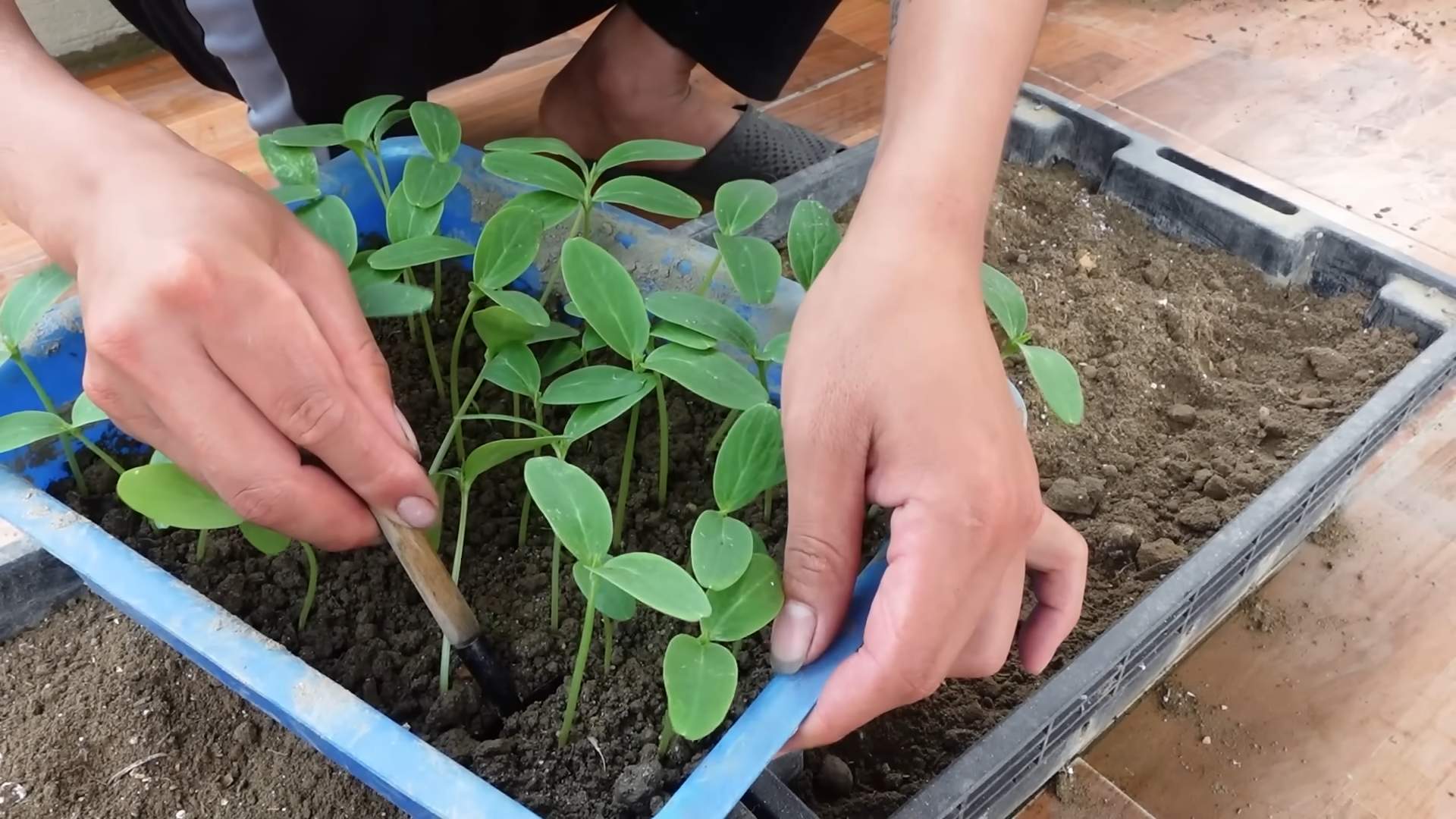
Conclusion
So there you have it – your comprehensive guide to successfully planting cucumbers! This DIY approach to growing your own cucumbers isn’t just about saving money; it’s about experiencing the unparalleled satisfaction of nurturing a plant from seed to the crisp, refreshing crunch of a homegrown cucumber. The rewards far outweigh the effort, offering a taste of summer that’s simply unmatched. This planting cucumbers guide provides a simple yet effective method, perfect for both seasoned gardeners and enthusiastic beginners. You’ll be amazed at how easy it is to cultivate these versatile vines, and the abundance of fresh cucumbers you’ll enjoy throughout the growing season. The process, from seed selection to harvesting, is incredibly rewarding, and the taste of a homegrown cucumber is a testament to your gardening prowess. Beyond the delicious fruit, you’ll also find immense pleasure in watching these vigorous plants thrive under your care.
Beyond the basic method outlined, there are numerous ways to personalize your cucumber planting experience. Experiment with different cucumber varieties – from the classic English cucumber to the prolific pickling cucumbers. Consider vertical gardening techniques, especially if space is limited. Trellises or even simple stakes can help your vines climb, maximizing space and preventing the fruit from rotting on the ground. You can also explore companion planting, incorporating herbs like basil or dill nearby to deter pests and enhance the overall health of your plants. Remember to adjust your watering and fertilizing schedule based on your climate and the specific needs of your chosen cucumber variety. Don’t be afraid to get creative! The beauty of DIY gardening is the freedom to experiment and find what works best for you and your garden.
We strongly encourage you to embark on this rewarding journey of planting cucumbers. Share your experiences with us! Post pictures of your thriving cucumber plants and your delicious harvests on social media using #PlantingCucumbersGuide. We’d love to see your success stories and learn from your experiences. Whether you’re aiming for a bountiful harvest for salads, pickles, or simply enjoying the freshest cucumbers possible, this DIY approach is a surefire way to achieve your goals. Remember, the key is patience, consistent care, and a touch of green thumb magic! So, grab your seeds, get your hands dirty, and experience the joy of growing your own delicious cucumbers. You won’t regret it!
Frequently Asked Questions
What type of soil is best for planting cucumbers?
Cucumbers thrive in well-drained, fertile soil with a slightly acidic to neutral pH (6.0-7.0). Amend heavy clay soils with compost or other organic matter to improve drainage and aeration. Sandy soils may benefit from the addition of organic matter to retain moisture. A soil test can help determine your soil’s pH and nutrient levels, allowing you to make necessary adjustments before planting. Proper soil preparation is crucial for healthy cucumber growth.
How much sunlight do cucumbers need?
Cucumbers are sun-worshippers! They need at least six to eight hours of direct sunlight per day to produce a good yield. Choose a location in your garden that receives ample sunlight throughout the day. Insufficient sunlight can lead to poor growth, fewer cucumbers, and potentially bitter-tasting fruit. Observe your garden throughout the day to identify the sunniest spots.
When is the best time to plant cucumbers?
The ideal time to plant cucumbers depends on your climate. Wait until all danger of frost has passed, as cucumber seedlings are very sensitive to cold temperatures. In most regions, this is typically after the last frost in spring. You can start seeds indoors several weeks before the last frost to give them a head start, or direct sow seeds outdoors once the soil has warmed up. Check your local frost dates for the most accurate planting window.
How often should I water my cucumbers?
Consistent watering is essential for healthy cucumber growth. Aim to keep the soil consistently moist, but not waterlogged. Water deeply and less frequently rather than shallowly and often. The frequency of watering will depend on your climate and soil type. During hot, dry periods, you may need to water daily, while in cooler, wetter conditions, watering every other day or even less frequently may suffice. Observe the soil moisture level to determine your watering schedule. Overwatering can lead to root rot, while underwatering can result in stunted growth and bitter fruit.
What are some common cucumber pests and diseases?
Cucumbers are susceptible to various pests and diseases, including aphids, cucumber beetles, powdery mildew, and downy mildew. Regularly inspect your plants for signs of pests or diseases. Implementing preventative measures, such as companion planting, crop rotation, and proper spacing, can help minimize pest and disease problems. If pests or diseases do occur, consider using organic pest control methods or appropriate fungicides. Early detection and treatment are crucial for preventing widespread damage. Consult your local garden center or agricultural extension office for advice on managing specific pests and diseases in your area.
How do I know when my cucumbers are ready to harvest?
Cucumbers are typically ready for harvest when they reach their mature size and color for the specific variety you’re growing. They should feel firm to the touch. Harvesting cucumbers regularly encourages the plant to produce more fruit. Don’t let cucumbers overripe on the vine, as this can affect their flavor and quality. Use sharp scissors or a knife to harvest cucumbers, being careful not to damage the plant. Enjoy the fruits of your labor!


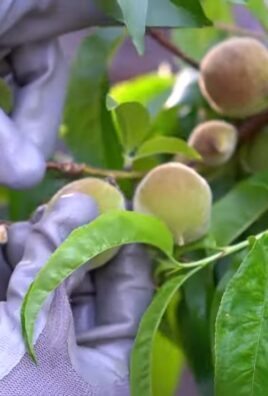
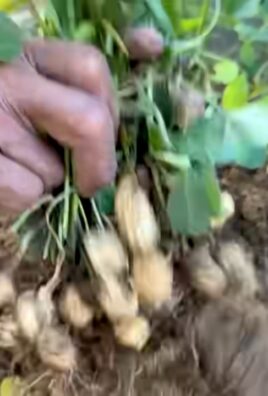
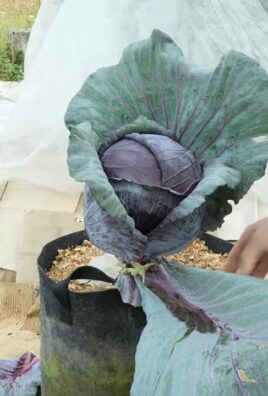
Leave a Comment